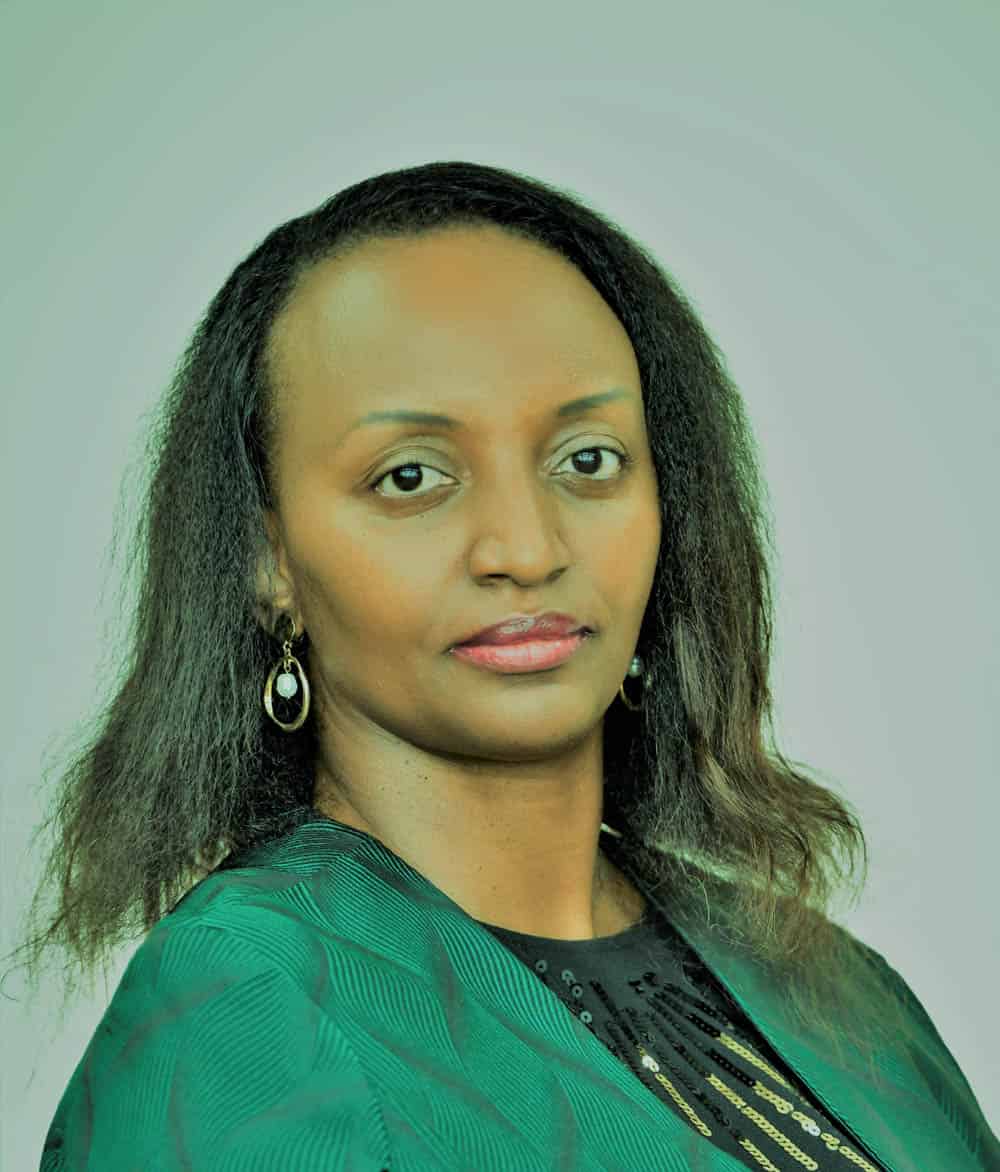By Annonciata Byukusenge
In June 2023, National Bank of Rwanda deputy governor Soraya Hakuziyaremye, spoke to The Banker about the bank’s drive to increase women‘s access to financial services by 2027.
Q: What is the National Bank of Rwanda doing to increase women’s financial inclusion?
Traditionally, our mandate has been monetary policy and financial stability, but we expanded it to include consumer protection, financial sector development and financial inclusion. We realised that if we did not focus on financial inclusion or treated it as a component of the financial stability function, it would not be given the priority it deserves.
In 2008, when Rwanda in partnership with not-for-profit firm, Access to Finance Rwanda started conducting financial inclusion surveys, only 21 percent of Rwandans nationals aged above 18 years had access to formal financial services. It now stands at 77 percent, thanks to mobile money services but still women lag behind with the gender gap now at 7 percent (74percent of women have access to formal financial services versus 81percent of men), still a little above the sub-Saharan Africa average.
We want to have equal access by 2027. Importantly, the country’s first-ever financial services consumer protection law, enacted in 2021, included a clause prohibiting gender discrimination in access to financial services. We also have a new financial inclusion strategy in the pipeline set for launch before year-end. It will include a target of 100 percent financial inclusion, including access through informal financial services, such as savings groups.
To achieve that, we are developing gender-inclusive financial policies, creating guidelines for banks and microfinance organisations to help design products that address women’s needs, and continuing supply side financial inclusion data collection and analysis — especially gender-disaggregated data, which we have been collecting since 2016.
The data has allowed us to examine which banks are increasing women’s access to financial services, as well as engage with institutions that have low gender diversity in their customer base.
Financial literacy is another area. We participated in the Women’s World Banking Leadership and Diversity Programme for Regulators, where we developed policy initiatives to strengthen women’s access to mobile money services. Research showed that while 84percent of women have access to mobile phone, only 55percent of those women have a mobile money account.
Q: What are the biggest barriers to financial inclusion for women in Rwanda?
The first, which may seem obvious, is financial education. But we cannot provide financial education without basic education — the latest national census indicated that up to 22percent of Rwandans adults have not attended school. As such, we realised that basic education is the first step before financial and digital literacy.
The second barrier is the gendered social norms that affect women entrepreneurs. It is a struggle to convince others, be it their husbands or community that they need to start their own business and not spend more time at home. According to a recent survey on gendered social norms, 71percent of Rwandans in rural areas think that women should not start their own business if they have children to take care of.
This impacts bankers’ perspectives too: male bankers, in particular, are reluctant to even listen to a woman who is applying for a loan. While Rwanda has made tremendous leaps in terms of women in leadership positions and political participation, economic empowerment is where we need to make more progress.

